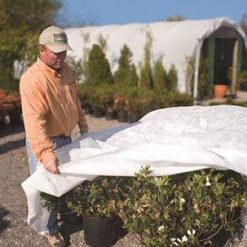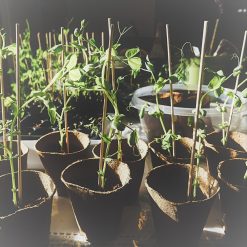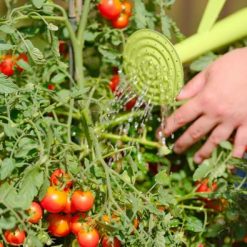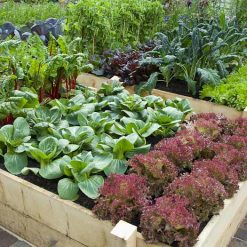What will your garden grow in 2024? This week, the gardeners explore how to cultivate the juiciest tomatoes, the spicy kick of peppers, the sweet crunch of corn, and the wholesome goodness of peas and beans. These plants are quite often focal points of any vegetable garden and can be a lot of fun.
Tomatoes
Think of all the things you could make with tomatoes. They’re truly one of natures juiciest fruits and so versatile in sauces, burgers, or as a tasty snack. They come in all shapes, sizes and colours too! You can grow the more traditional cherry and Manitoba varieties, or you can go more specialty with the Roma, Brandywine, and Old German varieties. Tomatoes can be grown in garden beds, pots and even hanging baskets, but make sure they receive a fair amount of sunlight to support their high production needs.
Starting From Seed
Start indoors for best results, or direct sow outdoors for a later harvest
Companion Planting
Consider planting them near flowers so pollinators will find their small yellow flowers. Also consider planting with basil, lavender, or onions to help deter bugs.
General Requirements

Plant in an area with full sun and with nutrient rich soil.
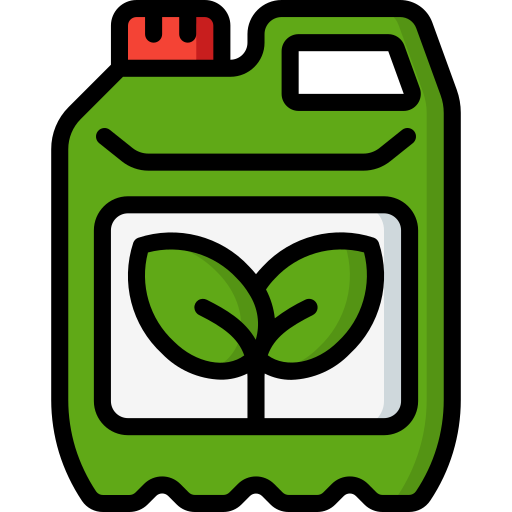
For best results, use either a vegetable targeted brand or a general purpose. Have a calcium based fertilizer on hand should you need to battle blossom end rot.

High production plants may require more water depending on growing conditions.

See how tall your plant will grow and consider a tomato cage to support.
Peppers
Is there any other vegetable that can add both a subtle freshness to a salad and offer a kick the face full of spicy? The pepper offers a diverse flavour profile. You can grow a traditional coloured bell pepper and jalapeno. You can also dive into specialty hot pepper varieties like Ghost Chili and Carolina Reaper.
Starting From Seed
Start peppers indoors for best results, or direct sow outdoors for a later harvest
Companion Planting
Consider planting them near flowers so pollinators will find their small yellow flowers. Be aware that peppers like to rob nutrients from other plants. They do well in pots on a fertilizer program.
General Requirements

Plant in an area with full sun and with nutrient rich soil.

For best results, use either a vegetable targeted brand or a general purpose

High production plants may require more water depending on growing conditions.

See how tall your plant will grow and consider a stake for support. Consider having a frost blanket on hand for frost.
Corn
Did you know this vegetable tastes just as great raw as it does cooked? It’s sweet, crunchy, and a staple at any summer barbeque. Corn does really well in a garden bed so it’s roots can grow to support it’s tall stalk. Start corn inside from seed for best results, or direct sow outside for a later harvest. While you can grow the family favourite yellow variety or get adventurous with pink varieties!
Companion Planting
Try planting these with peas and squash, otherwise known as the ‘three sisters companion planting’. The peas with grow up the corn, and the squash will provide ground cover.
General Requirements

Plant in an area with full sun and with nutrient rich soil.

For best results, use either a vegetable targeted brand or a general purpose

High production plants may require more water depending on growing conditions.

May benefit from a stake during the early stages of growth.
Beans
You can grow beans in the bush varieties or the pole/runner varieties. Pole beans are iconic as they can be trained to climb netting, trellises or even hang down in a hanging basket. Bush beans are more compact like a tomato plant. Both require the same care, so it’s dependent on your space and lifestyle needs. There are traditional green bean varieties, but you can also venture into purple and yellow varieties or ones that feature an impressive texture like the Borlotti bean.
Starting From Seed
Direct sow outdoors following the last frost.
What is inoculant?
inoculant is a beneficial fungus that will improve germination in peas and beans. Mix your seeds with the inoculant and plant as normal.
General Requirements

Plant in an area with full sun and with nutrient rich soil.

For best results, use either a vegetable targeted brand or a general purpose

High production plants may require more water depending on growing conditions.

Beans can climb on netting, trellis, or pre existing structures.
Peas
As a kid, you may have has a pea shelling party at harvest time. Peas are iconic. This veggie can be trained to climb netting, trellises or even hang down in a hanging basket. You can get shelling peas or edible pod peas depending on your end goal.
Starting From Seed
Direct sow outdoors after the last frost.
What is inoculant?
inoculant is a beneficial fungus that will improve germination in peas and beans. Mix your seeds with the inoculant and plant as normal.
General Requirements

Plant in an area with full sun and with nutrient rich soil.

For best results, use either a vegetable targeted brand or a general purpose

High production plants may require more water depending on growing conditions.
 Peas can climb on netting, trellis, or pre existing structures.
Peas can climb on netting, trellis, or pre existing structures.
Common Bugs, Diseases and Predators
Bugs
With tomatoes, peppers, corn, peas, and beans, you’re mostly going to be concerned with the more ‘generalist’ bugs. They may deplete the sugar of a plant, lay eggs in it’s leaves, or chow down and weaken a plants structure. This will include things like aphids and spider mites. Thankfully, there are control sprays on the market that can control their populations in your garden. Be sure to read the instructions as some products are not suitable for vegetable gardens, and some products need to be used a certain length of time prior to harvest. Also, please note that general sprays may also target beneficial bugs like ladybugs, spiders, and pollinator bees.
Live Predator Bugs
Why would you want buy more bugs to eliminate a pest problem? It’s essentially the circle of life. Your garden is in a state of imbalance. You’ve introduced lots of delicious veggies which now acts as a beacon to bugs that and now you’re lacking the predator bugs that feast on those bad bugs. Bugs are just looking for a food source. Once the infestation is taken care of, those predator bugs will either die off or move on to find more bugs to dine on. By introducing beneficial bugs to your garden, you’re investing in a “one and done” solution, your protecting your harvest and family from chemical sprays, and you’re helping out the neighborhood so the problem doesn’t just come back. We bring in a variety of beneficial bugs for both indoor and outdoor applications including ladybugs, parasitic nemotodes, praying mantis, and the thrip reaper…. orius insidiosus by bioline.
If you’re interested in learning more about predator bugs, visit our website.
Birds, squirrels and deer will find all of these veggies very delicious. Consider physical barriers, like netting, to deter them from feasting. You can also try scent-based deterrents, like Plantskydd. You place it on the soil and critters will avoid the scent and avoid your food.
*************************
CONNECT WITH US
Thank you so much for supporting our podcast and for making the world a more planty place. Please subscribe, leave a rating or review and listen in for new gardening discussions every week!
Subscribe to our show on Spotify, Apple, and Google
Leave an anonymous voicemail and be featured on the show!
Instagram / Facebook
Email us info@goldenacre.ca (SUBJECT: PODCAST)
![]() Peas can climb on netting, trellis, or pre existing structures.
Peas can climb on netting, trellis, or pre existing structures.









